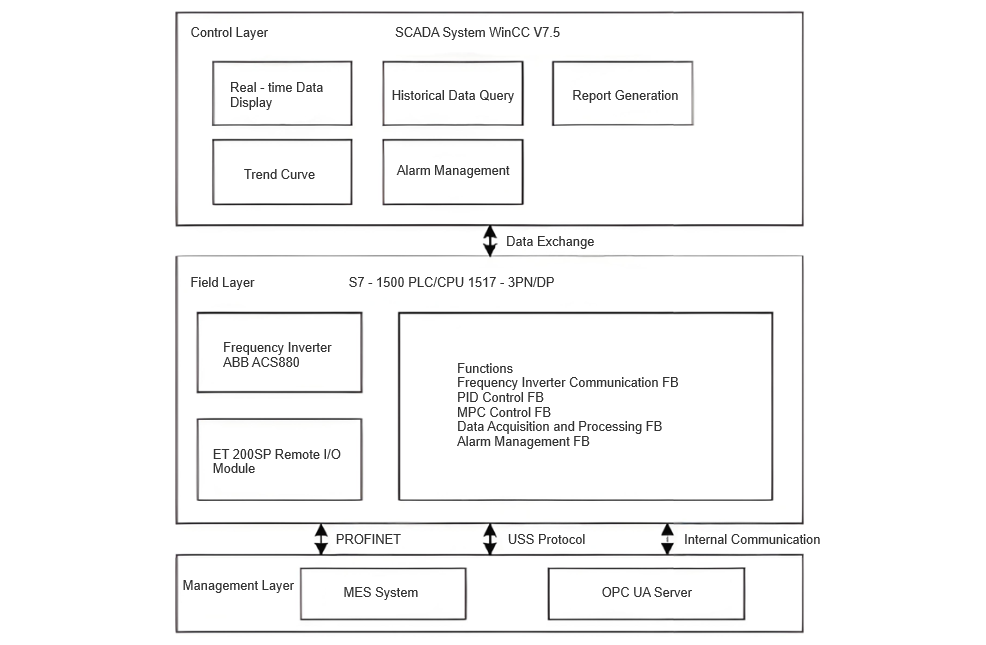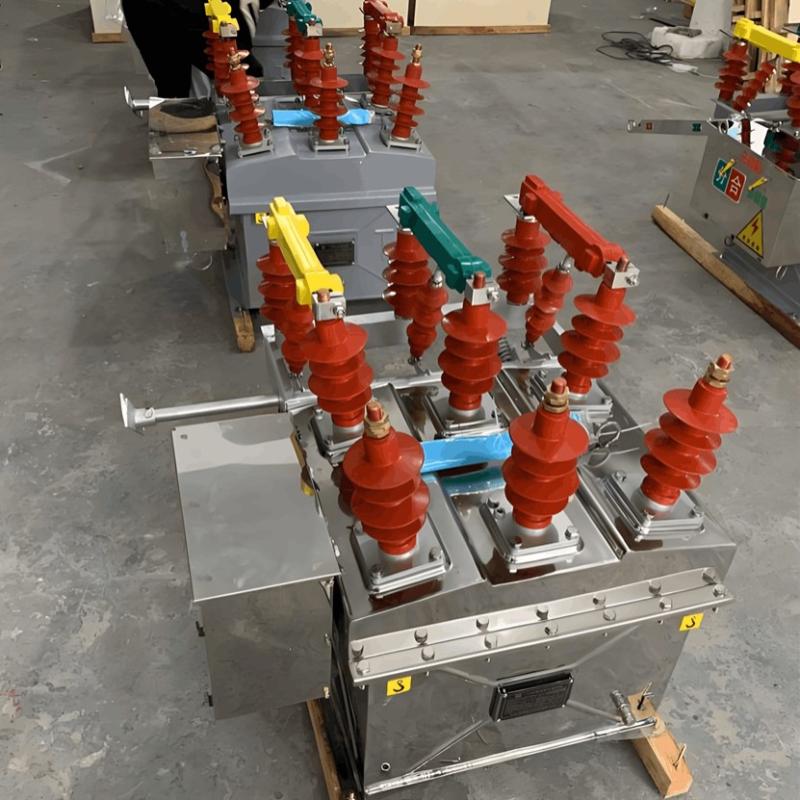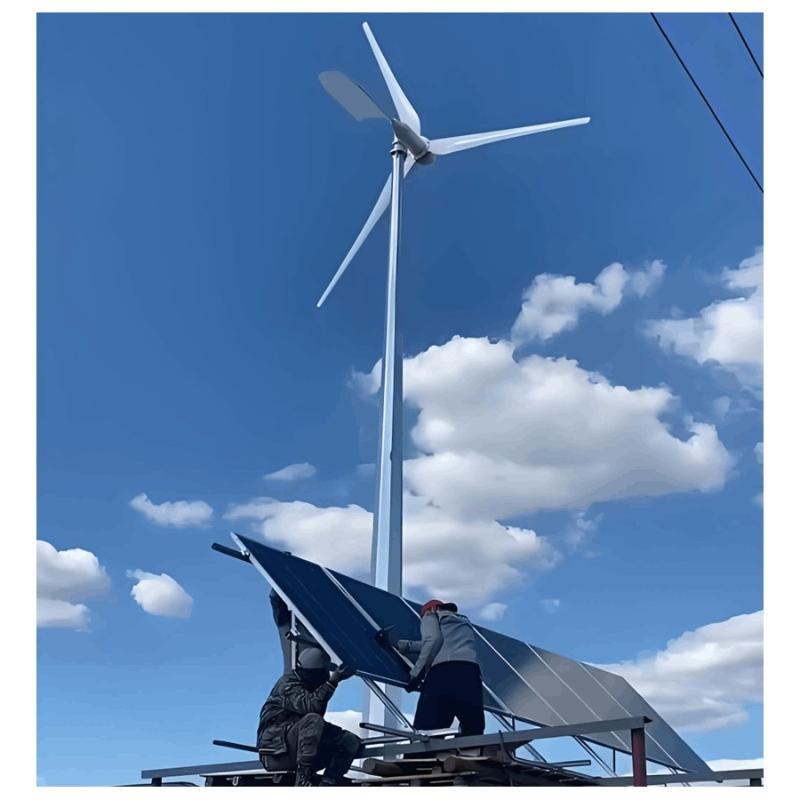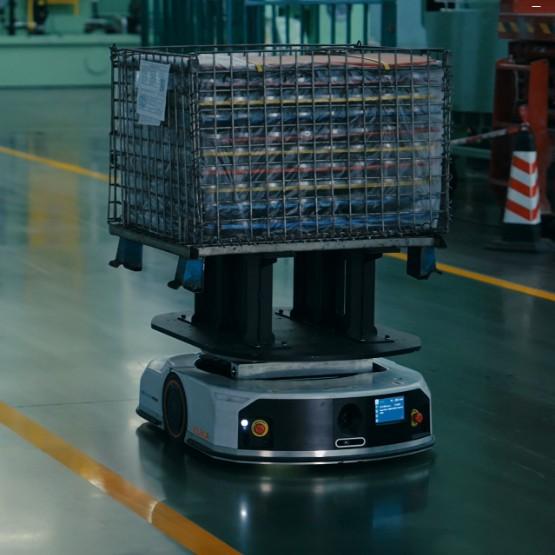A cikin ingantaccen karkashin kayan aiki, tattalin dutsi na zaman kansu suna da muhimmanci ga gajerar adadin karkashin kayan aiki da kuma alamar yawan mafi yawa. Ingantaccen tattalin dutsi na zaman mai tsawo ta daidai zai iya haifar da wani abubuwa a lokacin da aka baka masu yadda kan sauran karfin kayan aiki, kuma ya ba da hanyar da za su iya samun inganta na zamani daidai. Hanyar tattalin dutsi na zaman mai tsawo, wanda shi ne hanyar na biyu na tsarin tattalin dutsi, yana ba da amsa mai zurfi don wasu matsalolin. A wannan bincike, an yi nemo tattalin dutsi na zaman kansu cikin IEE-Business don bayyana hanyar da za a iya amfani da shi don samun tattalin dutsi na zaman mai tsawo da kuma ayyukan cin kofin karshe, don bayyana tushen don ake amfani da shi a wasu manyan wurare.
1 Yadda Da Ne Daga Baya Kuma Abubuwan Da Za Su Iya Samu Don Inverter
1.1 Jamiyar Kayan Aiki Da Da Sune
Tattalin dutsi na zaman kansu cikin IEE-Business yana da uku: jamiyar kafa kofin karshe, jamiyar kayan aiki, da jamiyar tattalin dutsi. Jamiyar kafa kofin karshe yana da 10 kV high-voltage switchgear, transformers, da 400 V low-voltage switchgear, wadannan suka fi sanya a cikin tarihin darasi. Jamiyar kayan aiki sun hada da asynchronous motors wadanda ake tattala da direct-on-line ko star-delta reduced-voltage starting methods. Wadannan kayan aiki suna da pump loads, musamman circulating water pumps, cooling water pumps, da feedwater pumps. Waɗannan kayan aiki sun tattala da tsawon daidai, kuma ana samun yawan mafi yawa a cikin cin kofin karshe. Tsarin tattalin dutsi na baya yana da take da take, kuma akwai takardun tattalin dutsi a fagen. Jamiyar tattalin dutsi na fagen ta tabbatar da industrial Ethernet don samun bayanai da tattalin dutsi, amma ba a da hanyar na biyu na tattalin dutsi na zaman mai tsawo, wanda ya haifar da yawan mafi yawa a cikin cin kofin karshe da kuma inganta na zamani.
1.2 Abubuwan Da Za Su Iya Samu
Saboda hanyar da suka da su, abubuwan da za su iya samu a tattalin dutsi na zaman kansu suna da yadda ake amfani da inverter-based speed control technology don samun tattalin dutsi na zaman mai tsawo waɗannan kayan aiki, musamman pump da fan, don ya haifar da yawan mafi yawa a cikin cin kofin karshe.
Kuma saboda wani abubuwan da za su iya samu, an bukata don kawo nuna intelligent monitoring platform wanda yake da Level 2 cybersecurity protection requirements, wanda yake da cloud computing da IoT technology. Tsarin tattalin dutsi na fagen yana da "central platform + distributed subsystems + mobile terminals" don samun bayanai da tattalin dutsi, da kuma cin kofin karshe.
Central platform yana da advanced data analysis algorithms don bayyana tushen daidai. Distributed subsystems yana da modules for equipment condition monitoring, video surveillance, da environmental parameter collection, kuma yana da tushen daidai. Mobile terminals, tare da customized applications, yana iya samun tattalin dutsi da kuma notifications.
2 Tushen Don Bayyana Ayyukan Cin Kofin Karshe
A wannan binciken, ayyukan cin kofin karshe na inverter speed control technology yana da tushen affinity laws for fans and pumps da energy conversion principles of variable frequency speed regulation. Saboda hanyar da suka da su, waɗannan pump da fan sun tattala da tsawon daidai, kuma ana samun yawan mafi yawa. Amma inverter speed control yana iya haifar da yawan mafi yawa. Affinity laws for fans and pumps suna da tushen:

Idan QQ ita ce flow rate (m³/h); nn ita ce rotational speed (r/min); HH ita ce head (m); PP ita ce power (kW), idan P1P1 ita ce rated power da P2P2 ita ce power at reduced speed. Energy conversion formula for variable frequency speed regulation ita ce:

Saboda hanyar da suka da su, idan system flow demand yake ci, motor yake iya haifar da tsawonsa, kuma ya haifar da yawan mafi yawa. Wannan yana ba da tushen don ayyukan cin kofin karshe.
3 Hanyar Don Samun Inverter Speed Control Technology
3.1 Upgrade Jamiyar Kafa Kofin Karshe
Don samun inverter speed control technology, an yi upgrade jamiyar kafa kofin karshe. Idan 10 kV switchgear, an yi amfani da intelligent vacuum circuit breakers, kuma an yi amfani da microprocessor-based protection relays. An yi amfani da electric power quality monitoring system, wanda yake da Class A-grade high-precision sensors.
Idan 400 V system, an yi amfani da dedicated inverter feeder circuits, kuma an yi amfani da active power filters (APF) don haifar da harmonics.
Idan grounding systems, an yi amfani da TN-S wiring method, kuma an yi amfani da equal potential bonding bars.
3.2 Zabi Da Parameter Optimization of Inverter Equipment
Zabin inverter yana da vector control inverters, wanda yana da DTC (Direct Torque Control) technology. An yi amfani da PID control parameters, kuma an yi amfani da self-tuning algorithm. An yi amfani da sleep-wake function, kuma an yi amfani da carrier frequency.
An yi amfani da built-in auto-tuning algorithm, kuma an yi amfani da optimal proportional gain KpKp, integral time TiTi, kuma derivative time TdTd.

An yi amfani da sleep-wake function, kuma an yi amfani da carrier frequency. Overvoltage and undervoltage protection thresholds, kuma an yi amfani da multi-speed operation settings.

Current limitation and minimum current optimization formulas:

Idan IlimIlim ita ce maximum current limit; InIn ita ce motor rated current; IsminIsmin ita ce minimum stator current; IdoptIdopt ita ce optimal excitation current; kuma IqIq ita ce torque current component. By incorporating current limiting and minimum current optimization strategies, fine-grained control of motor operation is achieved. Overvoltage and undervoltage protection settings ensure the motor operates within a safe range. Stall protection and current limiting measures effectively prevent overload. Additionally, this control method supports communication via the Modbus-RTU protocol, enabling remote monitoring and parameter adjustment, thereby significantly enhancing the system's intelligence level.
3.3 Upgrade Da Integration Jamiyar Tattalin Dutsi
Upgrade jamiyar tattalin dutsi yana da Siemens S7-1500 series PLC, CPU 1517-3 PN/DP model, wanda yake da 2 ns bit operation speed da 40 ns word operation speed. PLC yana da 1.6 GB working memory da 32 MB load memory, kuma yana da PROFINET, PROFIBUS, da OPC UA. System yana da ET 200SP series remote I/O modules, kuma yana da 250 μs communication cycle via PROFINET.
Software architecture yana da TIA Portal V16 integrated development environment. PLC program yana da function blocks (FBs) for inverter communication, PID control, Model Predictive Control (MPC), data acquisition preprocessing, and alarm management. Detailed system framework is illustrated in Figure 1.

4 Bayyana Ayyukan Cin Kofin Karshe
Ayyukan cin kofin karshe na inverter speed control technology yana da yawan mafi yawa. Bayyana ayyukan cin kofin karshe yana da tushen:
Energy Metering System: Smart meters yana da Schneider PM5560, kuma yana da accuracy class of 0.2S da sampling interval of 15 minutes.
Inverter Built-in Functions: Built-in energy monitoring function of the ABB ACS880 inverter yana da tushen don record operating time, output power, and energy consumption. Data yana aika zuwa central control room via the Modbus-RTU protocol.
SCADA System: Real-time data acquisition and storage system yana da tushen don monitor key parameters such as motor speed, load rate, output voltage/current, and power factor with a 1-second sampling cycle using Siemens WinCC V7.5 platform.
On-site Testing: Fluke 435 II power quality analyzer yana da tushen don conduct spot measurements under various load conditions, capturing instantaneous power, harmonics, and power factor data.
Based on the measured data, the annual average load rate was calculated. By comparing energy consumption before and after the retrofit, the power-saving rates under different load conditions were determined, as shown in Table 3.

The results show that the energy-saving effect gradually increases as the load rate decreases, which aligns with the cubic law principle of energy saving in variable frequency speed control. Under full-load operation, the power-saving rate is 10%, primarily attributed to the high efficiency and precise control capability of the inverter, indicating that even under high-load conditions, frequency control technology still offers significant energy-saving potential.
At a 75% load rate, the power-saving rate increases to 49.4%, highlighting the advantages of variable speed control under partial load. When operating at 50% load, the power-saving rate reaches 75%, demonstrating its excellent performance under medium load. At 25% load, the power-saving rate reaches as high as 93.7%, fully showcasing the substantial energy-saving potential of variable speed control under low-load conditions.
Overall, the annual average power-saving rate is 56.8%, indicating that the optimized system achieves good comprehensive energy-saving performance during actual operation cycles. Considering the time distribution across different load states, these results provide valuable guidance for energy efficiency optimization in industrial electrical automation systems.
For fan loads, the inverter’s built-in energy optimization function automatically adjusts the V/F curve under light-load conditions. Measurements using the Fluke 435 II power quality analyzer at various load rates reveal the relationship between voltage reduction and power consumption reduction.
Results show that in the load rate ranges of 20%–30%, 30%–40%, and 40%–50%, power consumption reductions are 36.7%, 25.3%, and 15.8%, respectively. This indicates that the lower the load rate, the greater the proportional reduction in power consumption achieved by the same degree of voltage adjustment. For ultra-light-load conditions below 20%, more aggressive control strategies or equipment shutdown should be considered to further improve overall system efficiency.
5 Conclusion
This study, through the retrofitting practice of an electrical automation system in a power plant, verifies the significant energy-saving effectiveness of variable frequency speed control technology. By optimizing control strategies and system integration, substantial reductions in power consumption and improvements in operational efficiency are achieved. The findings provide a technical reference for energy-saving retrofits in similar industrial scenarios. Future work will further consider the uncertainties in operation and travel times by developing a probabilistic operation resource scheduling model to better address various uncertainties in real-world operations.





























